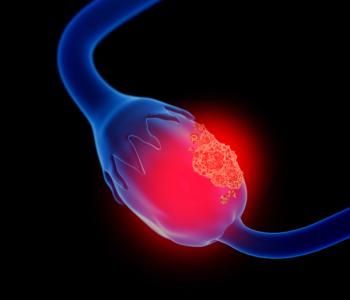
Dr David Yeomans Discusses the Role of Sodium in Menstrual-Related Migraine
David Yeomans, PhD, associate professor of anesthesiology, perioperative, and pain medicine at Stanford University School of Medicine, explains how sodium levels can affect migraine.
Sodium and magnesium have a yin and yang relationship, said David Yeomans, PhD, associate professor of anesthesiology, perioperative, and pain medicine at Stanford University School of Medicine.
Transcript
Can you elaborate on the role of sodium in menstrual-related migraine?
Sodium and magnesium are like a yin and yang. So, sodium goes up, the affinity of the oxytocin receptors goes down. When magnesium is around, the affinity—that is, how tightly bound
When that happens, if you have extra sodium around, that makes the oxytocin less effective and you have the increase in excitability of the trigeminal neurons, so triggers are more likely to cause a migraine.
Newsletter
Stay ahead of policy, cost, and value—subscribe to AJMC for expert insights at the intersection of clinical care and health economics.







































